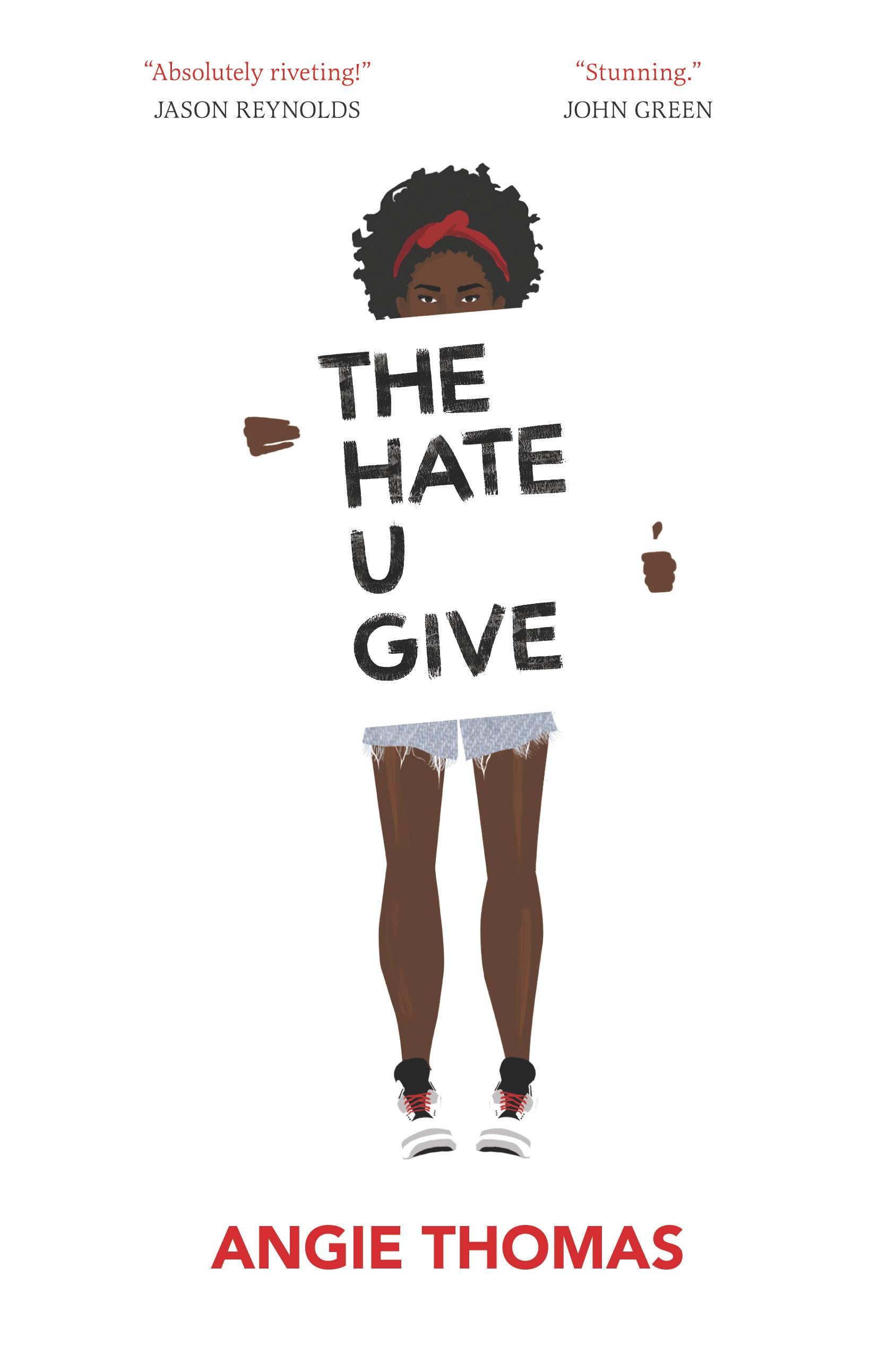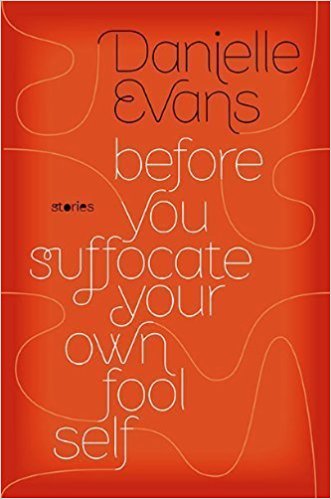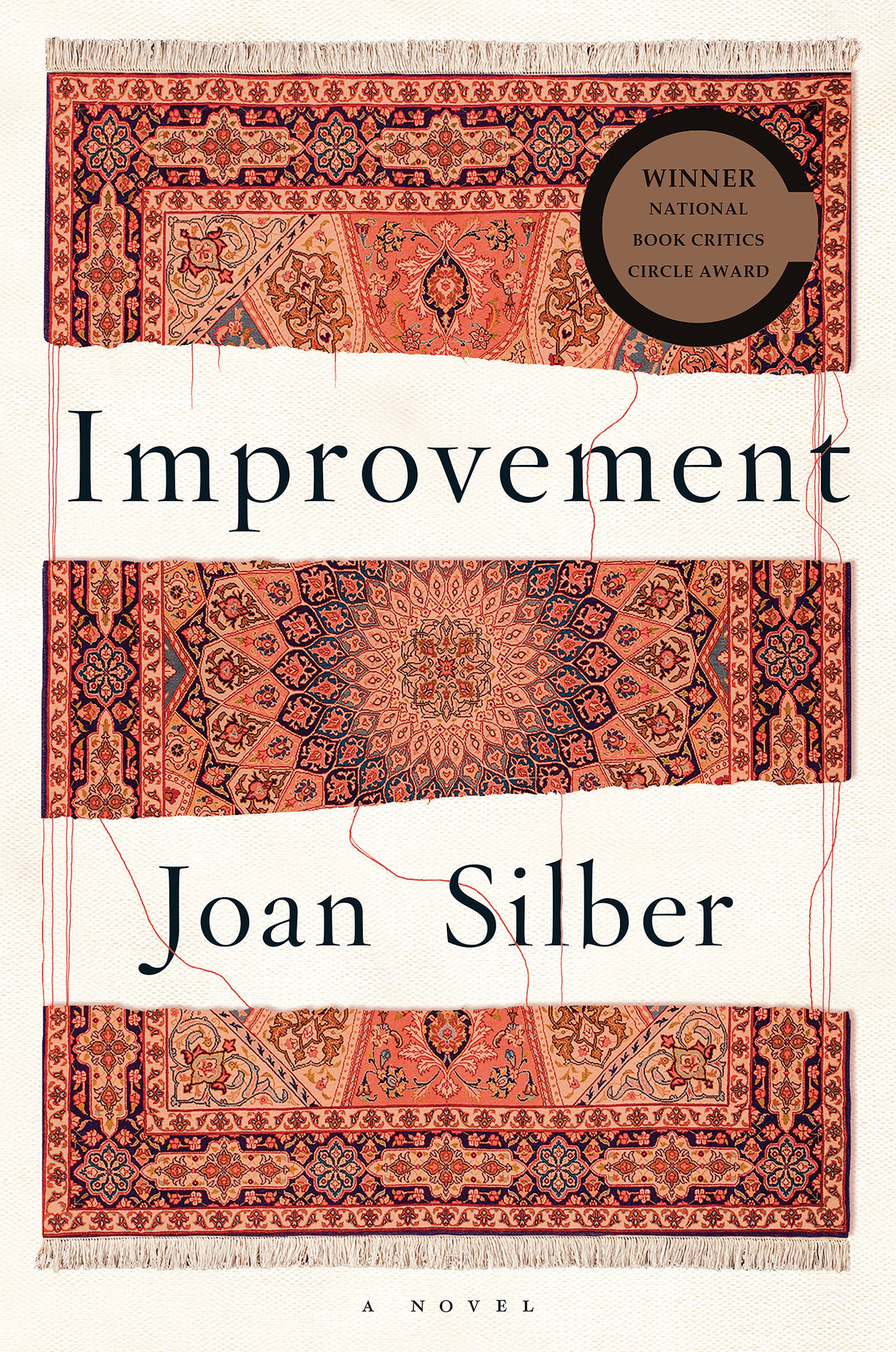Student Picks: Drown and Atwood
Derrick Craigie-- Merle Drown’s Lighting the World tells the story of Wade Rule, a trailer park kid with a toxic mother and disinterested father. He becomes fixated on the idea of escaping to Vermont to live with his wheelchair-bound uncle, the one family member to show him untempered kindness.
A fictionalized account of real events that played out in a mid-1980s Concord, NH high school, Wade Rule is a well-intentioned kid that blends into the background. In scheming how he will make his way to Vermont, he plans to bring his assumed girlfriend, Maria, with him. Maria pities him, nothing else. With a pocketful of cash, an arranged ride, and his hunting shotgun, Wade goes into school to “rescue” Maria. It doesn’t go as planned.
I’m from the North Country of New Hampshire. I knew kids just like Wade, and Drown’s sharp prose and world-weary voice captures the desperation of the kids that grow up in New Hampshire’s hidden poverty. My heart broke for Wade and Maria, even more so when I learned Wade’s story was lost in the news after Christa McAuliffe, a Concord High School teacher, was killed one month later in the Challenger tragedy.
Drown resurrects Wade’s story with care and authenticity, and for the sake of all the lost kids, it should be experienced.
K. A. Hamilton-- Unbaby. Prayvaganza. Particicution. This is the ilk of words Margaret Atwood invented to describe the dystopic, patriarchal future of The Handmaid’s Tale.
As I read this book, I was keenly aware of its publication date of 1985. Although the story has recently re-entered the collective consciousness due to the Hulu mini-series, I remember seeing the hardcover on library shelves as a kid. The act of reading futurist fiction from the past is a little like discovering a message in a bottle, or long-lost graffiti on the wall. There’s a sense of shared space, but lost time; parallel lines that never quite intersect. But this particular world evokes a feeling that the not-too-distant future may have not yet been avoided, only delayed.
Although it is a speculative work, The Handmaid’s Tale reads like historical fiction that touches a nerve. Atwood achieves a level of uncanny realism in what is revealed or implied in the protagonist’s world. It’s almost real enough to reach out and touch, as the struggles of her characters hit so close to the ideological debates of today. Atwood reminds us of the timeless truth that “there is more than one kind of freedom ... freedom to and freedom from.” It is up to us to choose which one.




















